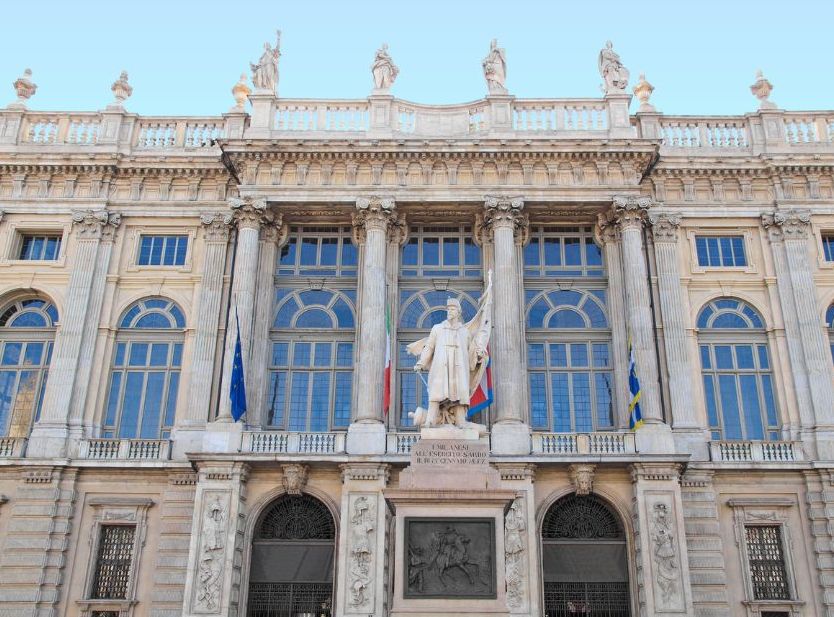Palazzo Madama: A Historic Landmark in Turin
Palazzo Madama, also known by its full name Palazzo Madama e Casaforte degli Acaja, translates to Madame Palace and the Fortified House of the Acaja. It is an important architectural and historical complex in Turin, located in Piazza Castello, the city’s main square.
A Castle with Two Faces
The palace has two distinct façades. One of them faces the Po River and was originally built by the Romans as a city gate, known as Porta Decumana. However, the original gate no longer exists—the only remaining Roman gate in Turin is Porta Palatina, located in Piazza Cesare Augusto. Over time, Porta Decumana was incorporated into the structure of the castle. After the fall of the Roman Empire, the building was transformed into a fortress.
During the 14th century, the Savoy-Acaja family expanded the fortress, turning it into the center of their power. For a period, it served as a royal residence, hosting members of the Savoy family. Later, it was connected by a gallery to the newly built Royal Palace, although this passageway no longer exists today.
The Palace and the Savoy Dynasty
When Turin became the capital of the Savoy Kingdom, and the Royal Palace was completed, Palazzo Madama was repurposed as a guest palace for visiting dignitaries. Since 1578, during significant religious events and royal celebrations, the Savoy family displayed the Holy Shroud of Turin from Palazzo Madama.
The name "Madama" comes from Christine of France and Marie Jeanne of Savoy, both of whom chose the palace as their residence. Because of this, it became known as the seat of the "Royal Madam".

A Transformation That Was Never Completed
In the 18th century, the medieval appearance of the palace was seen as outdated, and Filippo Juvarra, a renowned Savoy architect, was commissioned to redesign it. His plan was to build a grand Baroque palace made of white stone, but only the avant-corps (central front section) was completed before the project was halted. As a result, Palazzo Madama was left with two contrasting architectural styles—a medieval fortress on one side and an elegant Baroque palace on the other.
From Royal Residence to Museum
Over the years, Palazzo Madama served different roles:
- It housed the Royal Picture Gallery
- It became the seat of the Court of Cessation and the Senate
- In 1934, it became home to the Turin City Museum of Ancient Art, which still operates today. The museum contains a large collection of ancient sculptures, paintings, and porcelain.
A Symbol of Turin’s History
In 1949, Palazzo Madama played a significant role in the city's history when it hosted the funeral service for the Torino football team, whose players tragically died in an air crash near Turin.
Today, Palazzo Madama remains a symbol of Turin’s rich history, attracting visitors with its unique architecture, art collections, and royal legacy.